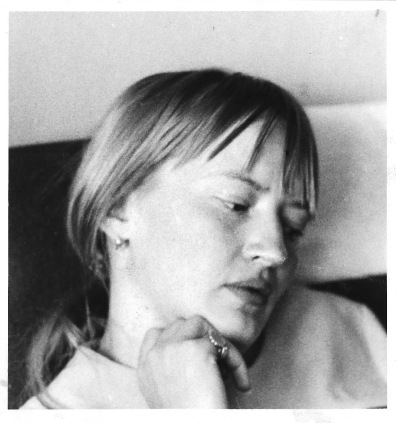1938-2014
Charlotte Jirousek was an internationally admired scholar and curator. She was born in Faribault, MN in 1938, and earned a B.A. in sociology from Hamline University in 1960. She served in Peace Corps Turkey in the 1960s and her lifelong passionate love of that country inspired much of her research and writing. She worked for some years as a social worker and then as a fiber artist, becoming a leading member of the Minneapolis weaving and crafts community and raising two daughters.
She entered the University of Minnesota as a mature student and completed an M.A. in applied design (1982) and a PhD in design, housing and apparel (1988). She was an assistant professor and curator at the University of Alabama (1988-92) before joining the faculty of the Department of Fiber Science and Apparel Design at Cornell University in 1992.
Her academic focus was the history of dress and textile technologies; the influence of Islamic dress and textiles on the evolution of European fashion; and the history of Ottoman textiles and trade.
She was also the curator of the Cornell Costume and Textile Collection which has more than 9,000 items of apparel dating back to the 18th century, as well as a substantial collection of ethnographic textiles and costume. She was the first curator of a textiles and apparel collection to make a catalog of all the items available online. She curated over 30 exhibitions, including “Textiles of the Andes and Color!” and “Street Fashion and Youth Culture.” Her expertise in textiles and art history, and her dedication to making the collection easily available to faculty and students, made the collection a treasure appreciated by students, scholars around the world, and the public.
Jirousek was hired to enhance the department curriculum in visual literacy in dress and fashion. She taught courses in design foundations and the cultural and historical aspects of textile and apparel design. In 1995 she developed a open-access comprehensive interactive online textbook to support her course, Art Design and Visual Thinking, which became Cornell’s first electronic published book. She defined visual literacy for apparel designers as “knowledge of dress and textiles from all times and places, but also a basic understanding of how other design media and the fine arts contribute to the creative innovation of fashion designers.”
Charlotte’s graduate course, Aesthetics and Meaning in World Dress, was a culmination of her approach to teaching. She adopted an interdisciplinary approach in this course which she explained as examining the “aesthetic and social/psychological relationships between body and clothing in the context of various cultures, including the Euro-American context of fashion and the dress/fashion of the rest of the world.” Students worked with garments in the costume collection, and the course built toward a final gallery exhibition of mini-exhibits with two or three artifacts each that demonstrated concepts chosen and researched by the students, all organized around a central theme.
Charlotte had a profound effect on students, mentoring many of them individually. She served as Director of Undergraduate Studies, and was a leader in significant curriculum changes in her college.
Her research centered on the historic interaction of East and West as expressed in textiles and dress, and on the disappearing textile traditions of Turkey due to industrialization. Charlotte defined her research as the study of the cultural context of dress and textiles. She published many articles and book chapters, and was appointed editor of the highly regarded journal DRESS in 2013.
She also completed a book manuscript shortly before her death, in which she reexamines the history of dress and fashion in the broader frame of western relationships with the rest of the world, particularly the Mediterranean world from the Crusades through the 20th century. Her intent was “to provide a coherent image of the ongoing relationship between West and Near East in the visual culture of dress, focusing primarily on the Ottoman era.” Her work was instrumental in recognizing the profound and largely unacknowledged interactions between the Ottoman Empire and western dress. This book will be published by the University of Indiana Press in 2019.

